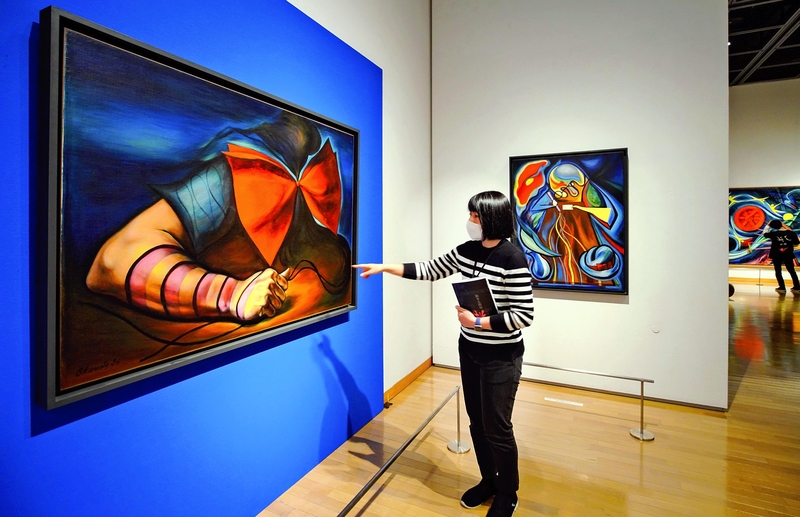
A chair with eyes on the seat and a teapot in the shape of a chicken stand among the items at the Taro Okamoto Museum of Art in Tama Ward, Kawasaki. They reflect artist Taro Okamoto's belief that everyday items should have artistic flair to them.
The museum boasts about 2,000 works by the artist, and to celebrate 110 years since his birth, many of the works are on display together for the first time in about nine years. Visitors can enjoy them until July 4.
Okamoto was born as the eldest son of Ippei, a cartoonist, and Kanoko Okamoto, a writer, in the village of Takatsu in Kanagawa Prefecture, now the Futago district in Takatsu Ward, Kawasaki.
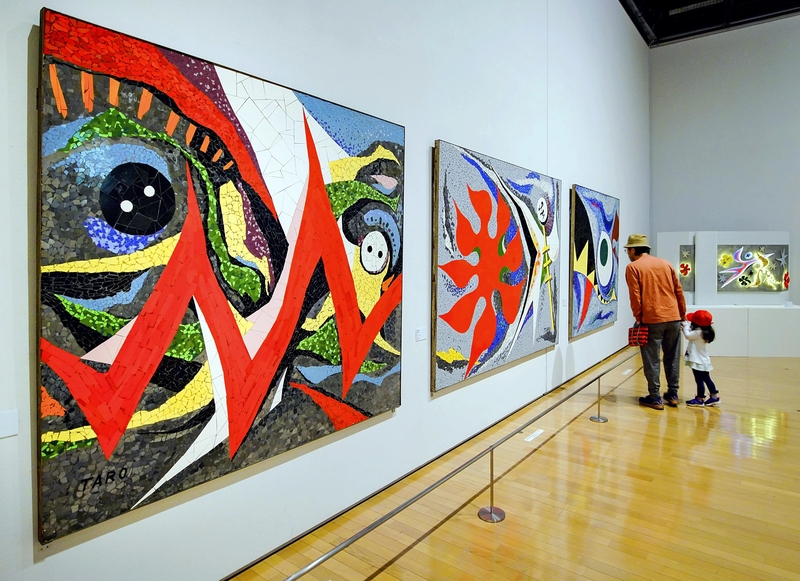
The Okamoto family moved to France and spent 10 years in Paris when Okamoto was 18 and a student of the Tokyo School of Fine Arts, today's Tokyo University of the Arts.
A painting from 1936 titled "Itamashiki Ude (Wounded Arm)," is a work from his years in Paris. Okamoto worked in an abstract painting style while searching for his own artistic voice. The original work was destroyed during World War II, and the exhibition is displaying one he painted again in 1949 after the end of the war. The work is one of the most famous achievements of Okamoto and even appears in an art textbook used in schools.
"Taro had attended a painting school to learn the basics in Paris, and the painting was highly praised as a work that climbed out of abstract painting into one of the most advanced style in those years, and it was his own unique method of expression," said Kaori Kataoka, a curator at the museum.
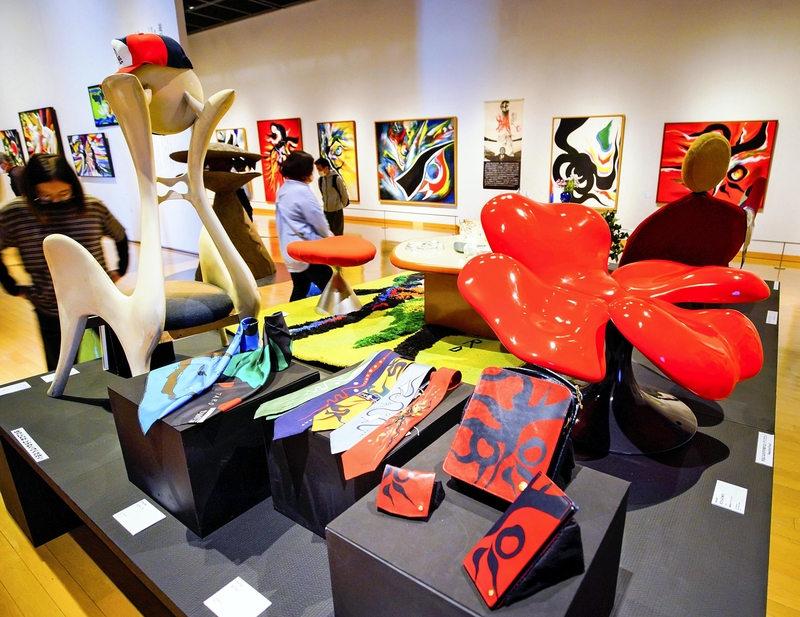
Okamoto held the belief art should not be dominated by individuals, but should be open to society. He was also a pioneer of popularizing public art nationwide beginning in the 1950s.
Mosaics that once adorned the walls of Kanda Station in Tokyo -- "Asobu (Play)," "Kakeru (Run)" and "Hana Hiraku (Bloom)" -- are displayed in the exhibition.
The museum grounds feature an imposing 30-meter-tall monument called "Mother's Tower."
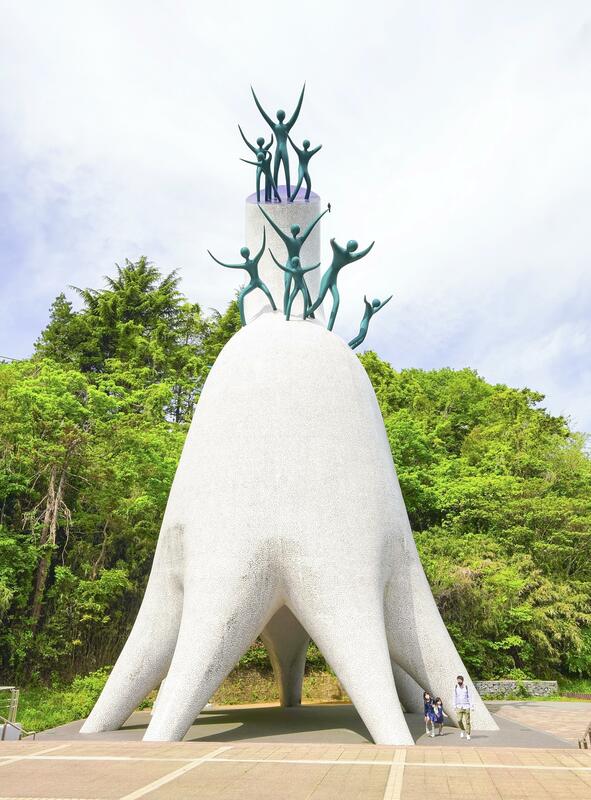
"His life was a series of challenges he presented to the circles of artists in postwar Japan," said Meiji Hijikata, director of the museum. "I feel that his kind of vitality is in demand now that many feel a sense of stagnation in the pandemic."
Please enjoy seeing Okamoto's works while giving due consideration to social distancing guidelines.
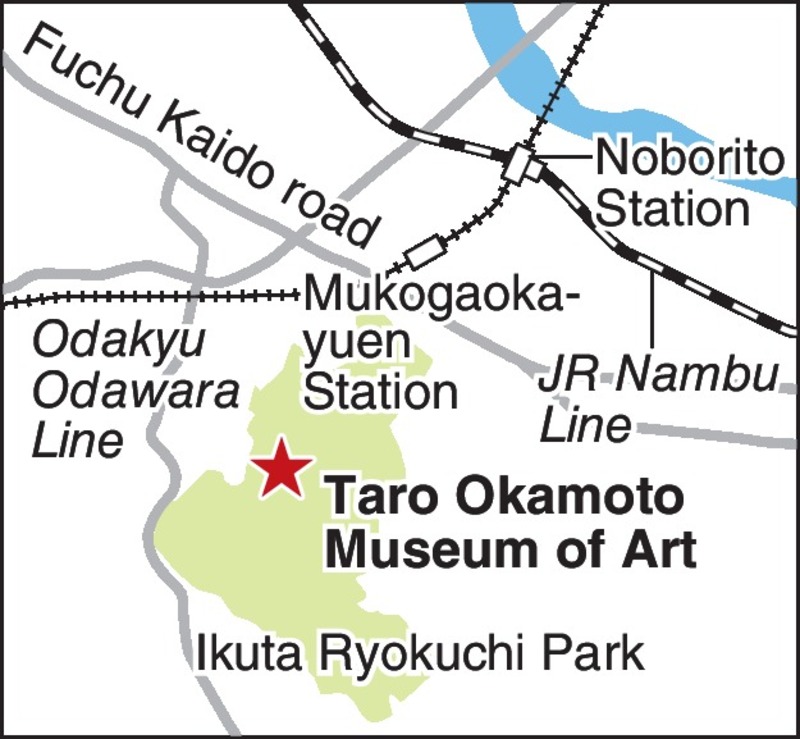
Taro Okamoto Museum of Art, Kawasaki: Ikutaryokuchi 7-1-5, Masugata, Tama Ward, Kawasaki
Read more from The Japan News at https://japannews.yomiuri.co.jp/







